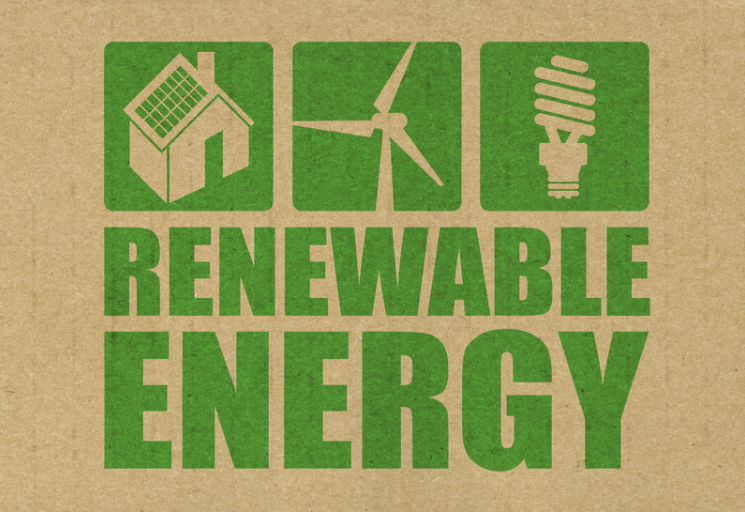Navigating the Intersection of AI and Renewable Energy: The PeakMet Paradigm
Introduction: Energizing Renewables with Artificial Intelligence
The renewable energy sector is undergoing a transformative shift as Artificial Intelligence (AI) begins to play a pivotal role in enhancing energy production, management, and distribution. This comprehensive exploration delves into how AI, through innovative strategies by PeakMet, is revolutionizing this sector. The discussion will uncover the layers of integration where AI not only complements but exponentially increases the efficiency and sustainability of renewable energy sources.
Driving Forces Behind AI Adoption in Renewable Energy
AI’s adoption in the renewable energy sector is driven by the need to optimize energy production, minimize waste, and manage the complexities of renewable sources like solar and wind power.
- Predictive Maintenance: AI’s predictive analytics capabilities allow for timely maintenance of energy equipment, reducing downtime and extending the lifespan of costly infrastructure.
- Energy Production Optimization: AI algorithms predict and analyze energy consumption patterns to adjust production in real-time, maximizing output and efficiency.
- Grid Management and Storage Solutions: AI helps manage energy distribution, ensuring stability and efficiency in the grid, and optimally using storage resources during peak production times.
Section 1: AI-Powered Predictive Analytics in Action
AI facilitates advanced predictive analytics in renewable energy, enabling operators to forecast weather conditions, anticipate energy production rates, and plan maintenance without disrupting the energy supply.
- Weather Forecasting Models: AI integrates data from various meteorological sources to provide accurate weather forecasts that predict sunlight and wind speed, crucial for optimizing renewable energy production.
- Condition Monitoring: Sensors equipped with AI monitor the health of turbines and solar panels, predicting failures before they occur, thereby scheduling maintenance proactively.

Section 2: AI in Energy Efficiency and Grid Management
AI’s role in managing energy efficiency involves real-time data processing to balance supply and demand, integrate renewable sources seamlessly into the grid, and enhance the overall reliability of energy systems.
- Load Forecasting: AI analyzes consumption patterns across different sectors and predicts future demand to adjust energy supply accordingly, reducing waste.
- Smart Grid Optimization: AI systems manage and reroute energy based on demand, weather conditions, and storage capacity, maintaining grid stability and reducing reliance on non-renewable backup sources.
Section 3: Optimizing Operational Health with AI
Operational efficiency is paramount in renewable energy, given the high initial costs and the need for consistent performance to achieve long-term viability.
- Performance Analytics: AI tools evaluate data from energy operations to identify inefficiencies and suggest areas for improvement.
- Lifecycle Management: AI oversees the lifecycle of renewable energy assets, from installation through decommissioning, ensuring each phase is optimized for cost and output.
Section 4: Enhancing Sustainability Through PeakMet’s AI Solutions

PeakMet’s AI solutions are tailored specifically for the renewable energy sector, designed to enhance sustainability efforts and empower energy providers with smarter technology.
- Custom AI Development: PeakMet develops custom AI solutions that align with specific renewable energy projects, enhancing their capability to meet unique challenges.
- Integration Expertise: PeakMet excels in integrating AI with existing energy management systems, ensuring that the transition to AI-enhanced operations is smooth and beneficial.
Section 5: The Future of Renewable Energy with AI
The future of renewable energy, augmented by AI, promises greater sustainability, reliability, and efficiency. This section explores the potential long-term benefits of AI in shaping a greener future.
- Innovation in Energy Technologies: AI drives the development of new renewable technologies, potentially lowering costs and opening new avenues for clean energy solutions.
- Global Energy Policies and AI: With AI’s help, energy policies can evolve to support more rapid and efficient adoption of renewable technologies worldwide.
Conclusion: PeakMet at the Forefront of Renewable Energy Innovation

As the renewable energy sector continues to evolve, AI stands out as a transformative force. With PeakMet’s innovative AI solutions, energy companies are not only equipped to handle today’s challenges but are also preparing for a more sustainable and efficient future. This partnership between AI and renewable energy is not just about maintaining the status quo but redefining what is possible in the quest for a cleaner, more sustainable planet.


